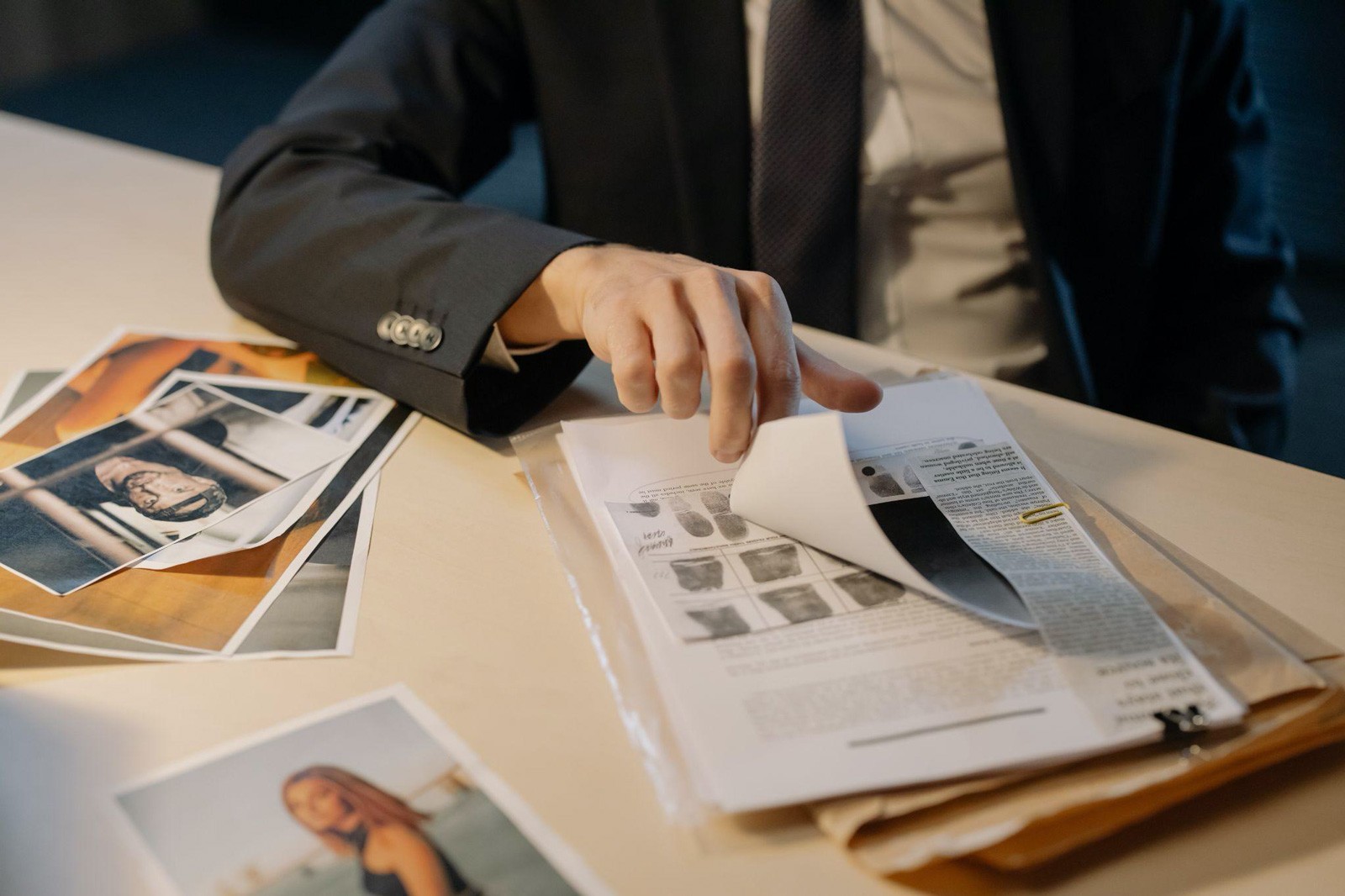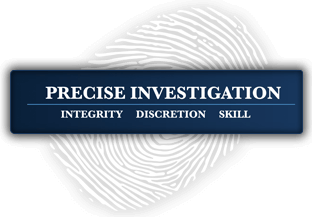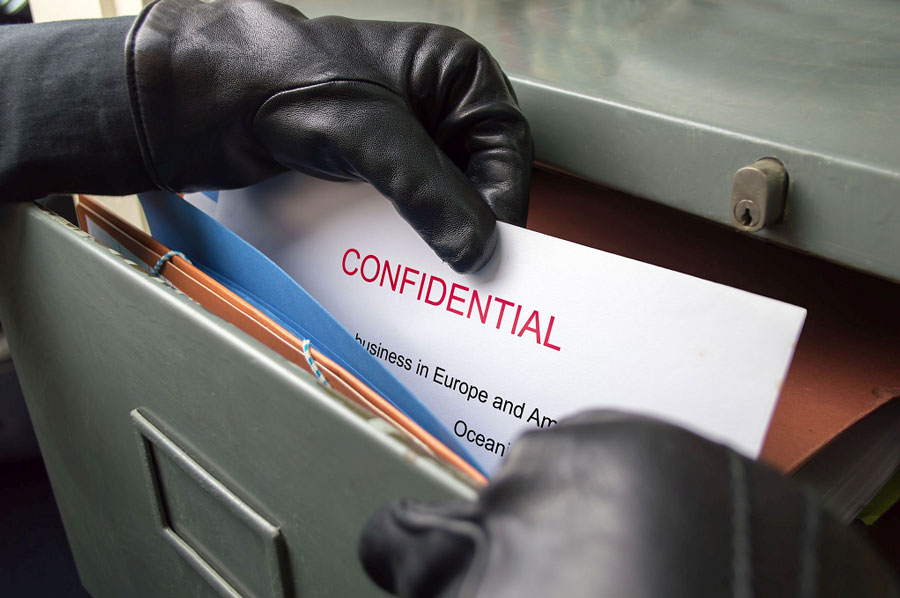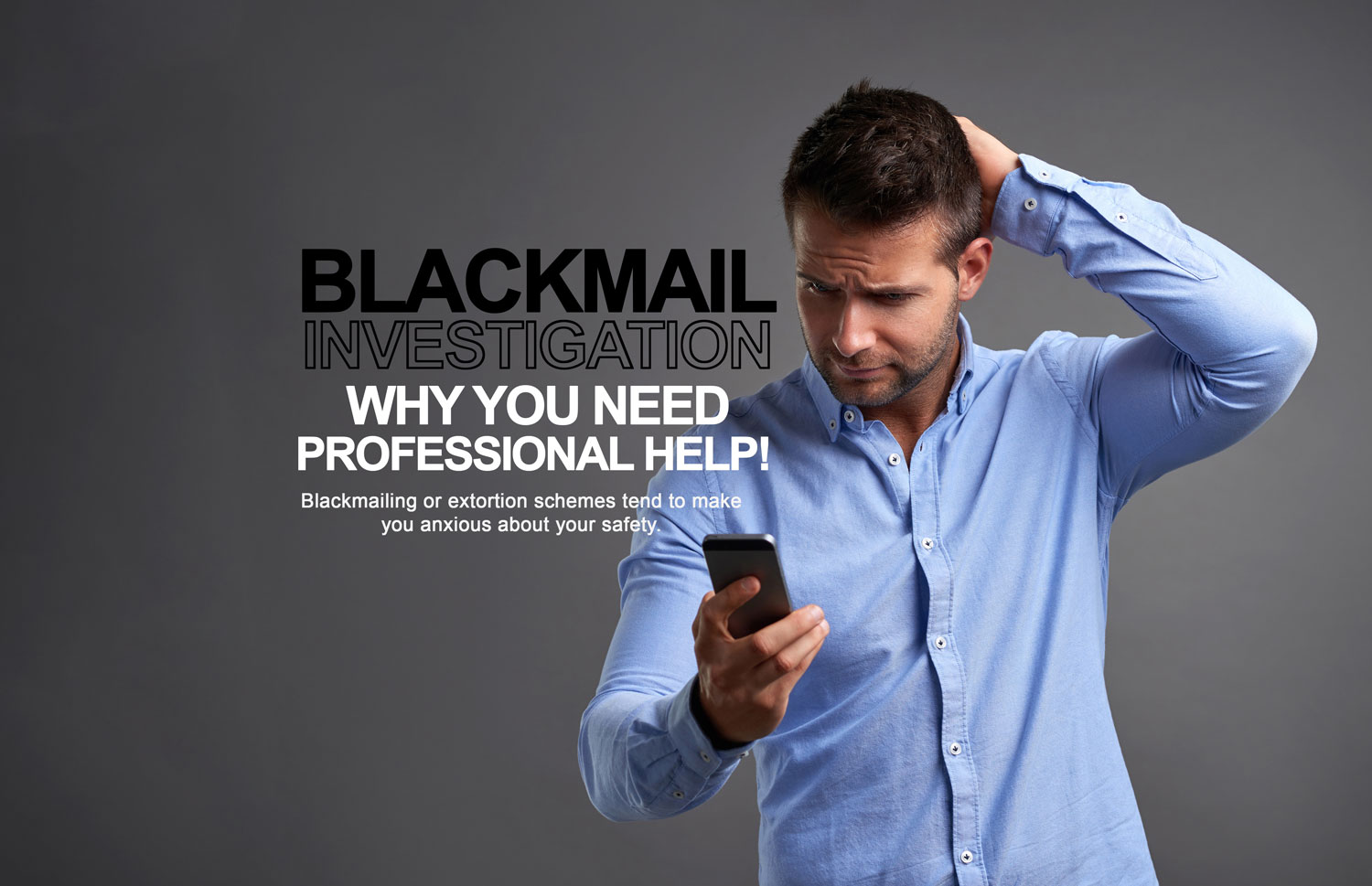[vc_row][vc_column][vc_column_text]
How to Establish the Chain of Evidence: Your Go-to Guide

Employers try their best to provide a safe work environment where the workforce can perform their tasks without hassles. But unfortunate events can still happen. When an employee registers an allegation, it’s important to establish a chain of evidence during the course of the investigation.
The chain of custody of evidence refers to the trail of collection and storage of evidence. But before we dig into the details of this process, let’s get a clear understanding of what is evidence.
What Is Evidence?
Workplace investigators collect information about allegations. For this purpose, you may conduct interviews, inspect the premises where the incident took place, and gather information through digital sources.
Evidence refers to the information that helps in dealing with a case. This evidence can be in many forms including:
- Complaint letter
- Paper or digital documents
- Interview transcriptions or recordings
- Photographs or videos
- Forensic reports
- Social media messages
This evidence is useful as long as it is preserved in its original form. The court may dismiss it if its integrity is compromised. So, you should create a chain of evidence to avoid these issues.
Now, let’s explore the process of establishing a chain of evidence in detail:
Chain of Evidence Process
No matter what type of case you are dealing with, establishing the chain of evidence can strengthen your case. Here are a few different cases where it’s important:
Robbery
In case of armed robbery, you may seize firearms used in the crime. You should follow the procedure in this case.
Stealing Confidential Information
The accused employees might have stolen confidential information from the company’s database. This may include customer information or private information about the latest projects. You can seize the digital footprint of illegal activities of accused employees.
Drug Abuse
An employee may breach company policy and consume drugs in the workplace. The investigator can seize these drugs. But the tribunal would ask for the chain of evidence for verification.
Evidence Seizure
During the investigation, private investigators often come across helpful evidence. You can seize evidence with the permission of relevant authorities. So, evidence seizure is the initial stage of the chain of evidence.
When you take the evidence into your possession, it’s important to ensure you don’t end up damaging it. Hence, make sure you carefully handle the object so it remains intact and in its original form.
The evidence may comprise paper documents, online data, or immovable objects.
Documents
Be gentle with documents. Enclose them in large envelopes and avoid marking them with a pen or pencil. Also, refrain from folding the documents.
Physical Objects
Always remember that you need appropriate permission for taking an item in possession. When confiscating evidence, you should first capture its image in the original place. It’s best to keep it in a secure package as a precautionary measure.
However, you may be unable to take the object in possession if it’s immovable. For instance, it may be mounted on a wall or too heavy to move around. Under such circumstances, don’t forget to photograph it. Moreover, take notes about the object such as its dimensions, position, color, and other distinctive features.
Intangible Objects
It’s likely that you may need to conduct online research when it comes to a workplace investigation. For example, you may browse through social media profiles of the parties. It’s important to know the right way of storing digital evidence if you come across useful information on digital media.
You may need to capture screenshots of their public posts. Moreover, the organization may provide information about their online activities through their work computer. Make sure you transfer this information onto a USB or other secure storage device for later use.
Evidence Recording
Once the evidence is in your possession, the next task in the chain of evidence is to record the information. You may record these details on paper or in case management software.

Regardless of the medium, you would need to keep track of the following information:
- The entire process of finding and obtaining evidence
- Model or serial number
- Shape, color, and size
- Branding or any marks on the object
- Time of receiving and recording the object
- Information about the person who obtained the evidence
- Information about the person who recorded these details
- Specific instructions about evidence storage
You can store evidence in a proper way once you record its in-depth details.
Evidence Storage
As per the chain of evidence concept, you can store the evidence as long as you have the necessary permissions. You can present this supporting evidence or exhibit during court proceedings.
But it’s crucial to make sure the item doesn’t get damaged in storage. You may need to store it in secure packaging at the optimal temperature to preserve it for the trial. Also, no unauthorized person should have access to this evidence.
When you place the evidence before the court, you’d have to prove this is the same object the investigator obtained during the investigation. This is when the information you recorded during the previous stage (Evidence Recording) will help you out.
The tribunal will analyze the evidence to determine if it’s relevant to the case. Moreover, they will also make sure the evidence is in its original condition. So, they would accept evidence only if it meets the criteria.
Evidence Removal
At some point, you may need to move the evidence from the storage area. You can send it for forensic analysis or use it during interviews. Furthermore, you have to present the evidence in court during the trial.
When you remove the exhibit from the storage area, you need to note down certain information. This includes the purpose of removal, the person who picked it up, and the person who authorized its removal. Similarly, you have to record the time, date, and other specifics when you put it back in the storage premises.
The chain of evidence is a fundamental element of an investigation. It proves the authenticity of evidence and makes it valuable in court cases. So, take extra care when preparing the chain of evidence.
Click here for more information.[/vc_column_text][/vc_column][/vc_row]






















